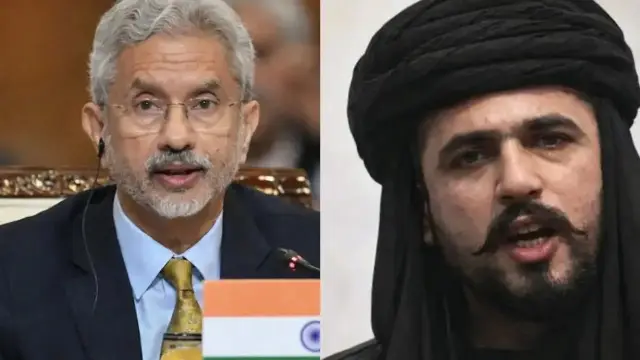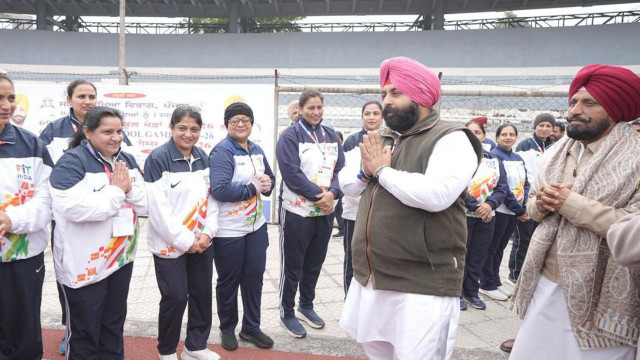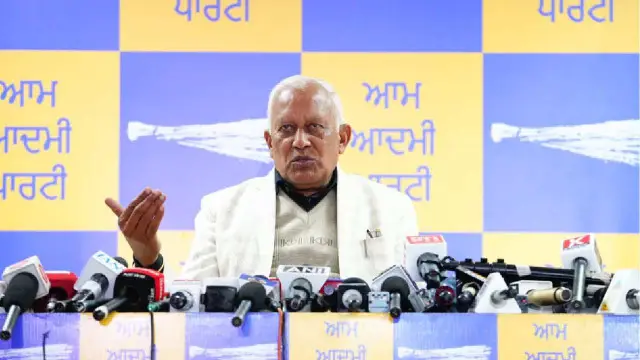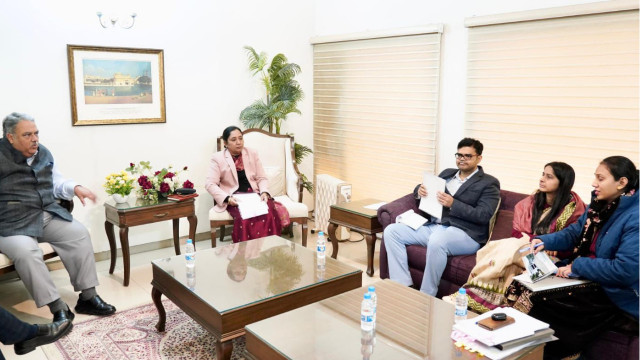Pakistan’s Economic Census Reveals More Mosques And Madrasas Than Factories Amid Growing Financial Crisis
Pakistan’s latest economic census has revealed a shocking fact: mosques and madrasas outnumber factories, raising serious questions about employment priorities as the nation struggles to secure IMF loans.
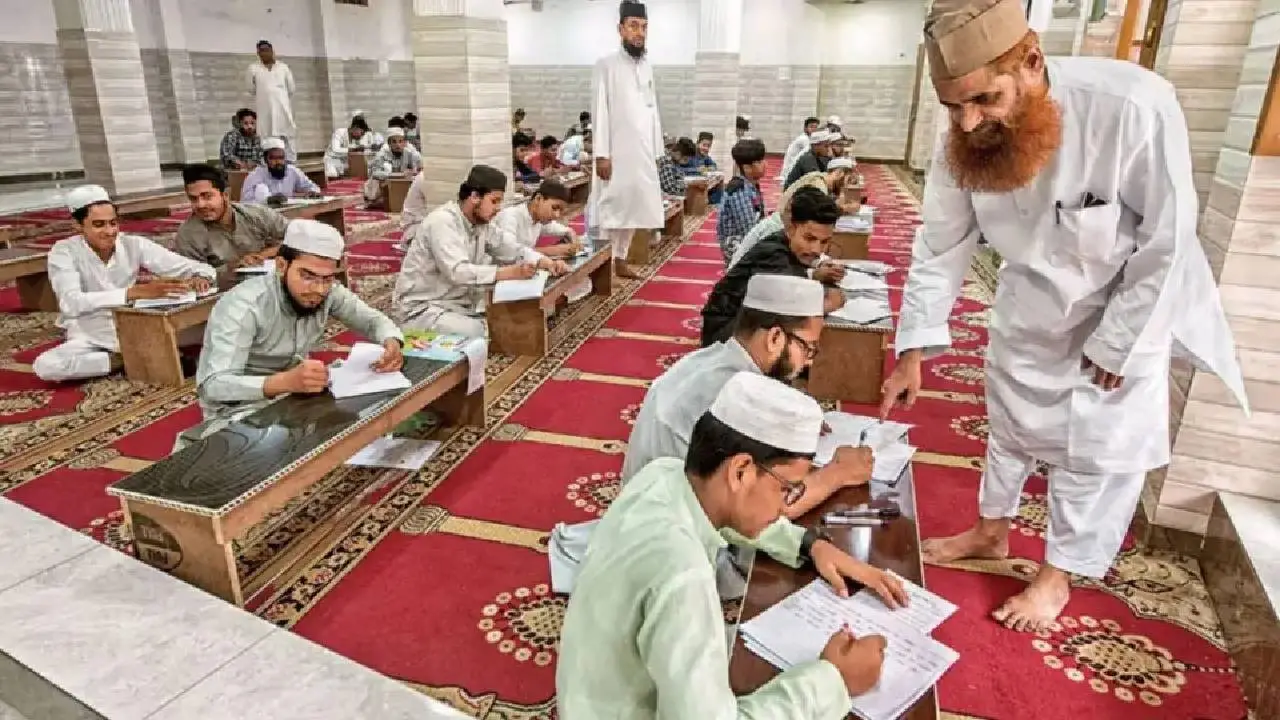
International News: Pakistan: Pakistan's latest economic census report has revealed shocking figures. According to the report, the number of mosques and madrasas in the country is many times more than factories. A total of more than 6 lakh mosques and more than 36 thousand madrasas have been registered in Pakistan, which is facing economic crisis, while the number of factories is only 23 thousand. This report has come at a time when Pakistan is negotiating the second review of the US $ 7 billion bailout package from the International Monetary Fund (IMF). The report has raised serious questions on the social and economic structure of Pakistan.
Service Sector Leads Employment
According to the Economic Census, Pakistan has 40 million permanent units out of which 7.2 million employment structures are recorded. By 2023, 25.4 million people were employed. The service sector dominates with 45% or 11.3 million workers, while the social sector accounts for 30% or 7.6 million. Contrary to common belief, industry is not the largest employer.
Government officials confirm that the service sector employs nearly double compared to production industries. This shift shows how Pakistan’s economy relies more on services than factories. It also underlines the limited industrial growth compared to other Asian economies.
Religious And Social Institutions
Among the 7.2 million establishments, religious and educational institutions form the highest share. There are 6.04 lakh mosques and 36,331 madrasas. Alongside these, Pakistan has 2.7 million retail shops, 1.88 lakh wholesale shops, 2.56 lakh hotels, 1.19 lakh hospitals, 2.42 lakh schools, 11,568 colleges and 214 universities.
Most schools are government-run, while colleges have a higher private-sector presence. This highlights the strong social and religious footprint in employment structures. The dominance of mosques and madrasas raises questions about economic priorities. It also indicates cultural preference over industrial and technical expansion.
Punjab Holds Major Share
The state-wise distribution shows Punjab leading with 58%, Sindh at 20%, Khyber Pakhtunkhwa 15%, Balochistan 6% and Islamabad only 1%. Most establishments are small scale, with 7.1 million employing just 1 to 50 workers. Medium units number 35,351, while large ones above 250 employees are only 7,086. Planning Minister Ahsan Iqbal emphasized that accurate data is essential for sustainable development, better planning and informed decision-making for Pakistan’s economic future. The dominance of Punjab shows regional imbalance in growth. Smaller provinces face deeper challenges in generating employment and industrial expansion.








